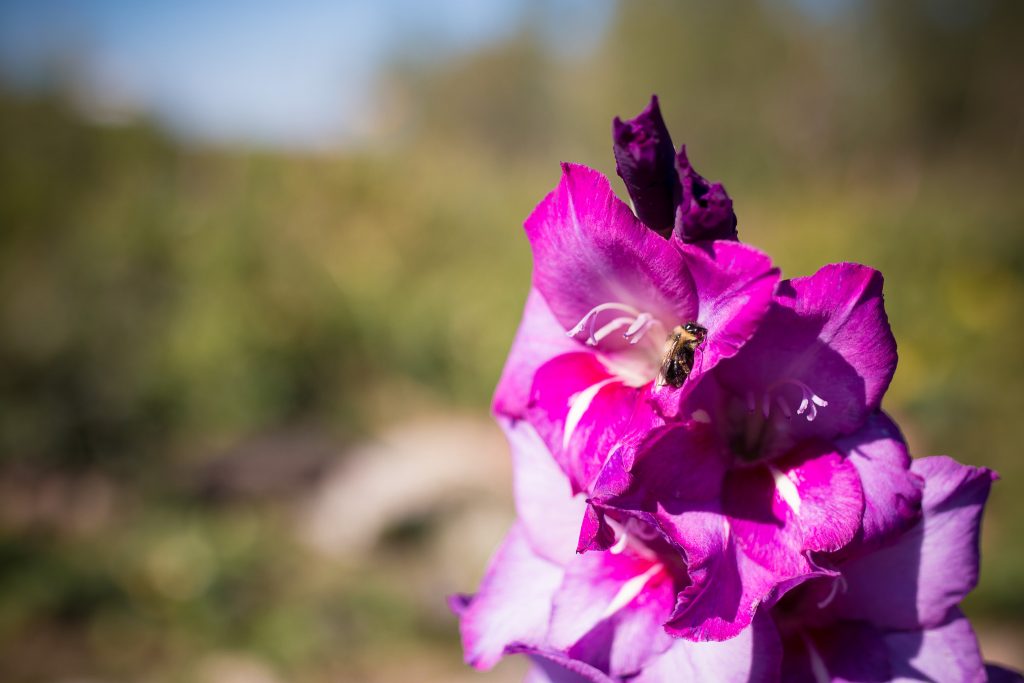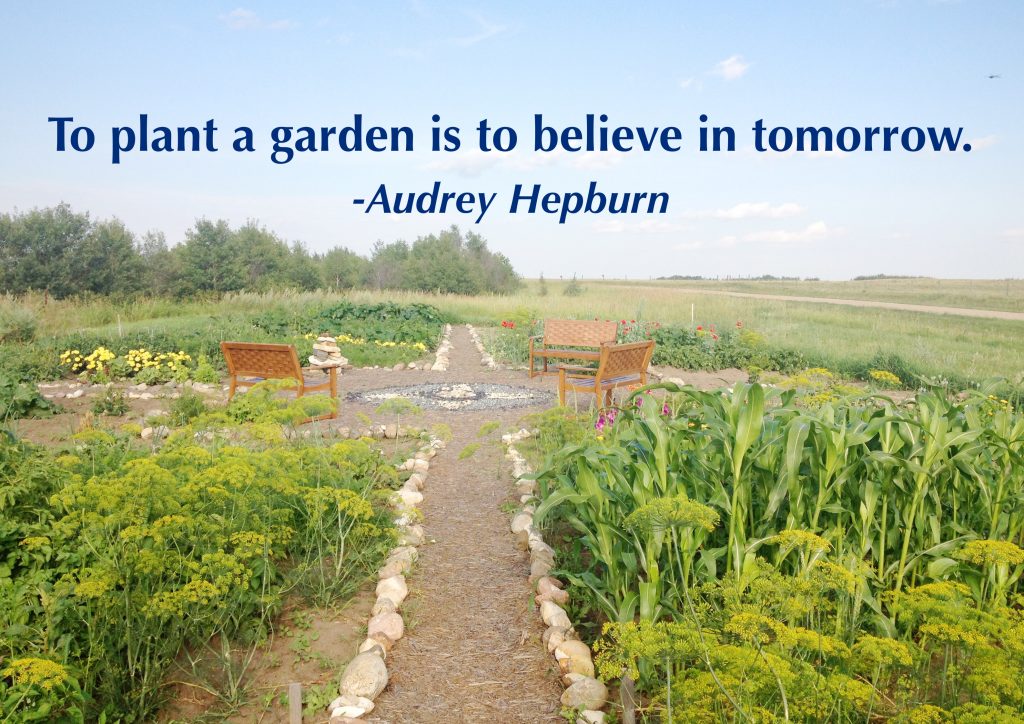We love seeing all the signs of spring at Sarilia. The robins are out; the crocuses are blooming, creating beautiful patches of purple; and most importantly, the sunshine is drawing everyone out of their houses. Our residents are revelling in the warm weather with sunset drinks on their patios, walks along the river trails, and even stand-up paddle-boarding.
One of the most popular outdoor spring activities here is gardening, and our community garden seems to gain more green thumbs (from experienced to aspiring) every year. We recently chatted with two of Sarilia’s community gardeners, Kathleen and Dennis, to learn about what they’re planning to grow this year, what they’ll make with their fresh produce, and what they like best about gardening as a community.
How long have you been a gardener, and how long have you gardened in Sarilia’s community garden?
Kathleen: Growing up, I helped on the farm with gardening. It was just part of our job to help. I’ve gardened all my life, on and off, depending on where I was living. When I was living in apartments I wasn’t, but otherwise, if I’ve got a house and a yard, I garden.
I’ve gardened at Sarilia since 2012. I didn’t garden in the community garden last year, but I gardened in my yard. However, I found that I couldn’t grow what I wanted on my patio, so I’m going to go back to the community garden this year.
Dennis: I’ve been gardening since I was a child of about eight years old. I’ve gardened at Sarilia’s community garden for three years.
What are you planning to grow in Sarilia’s community garden this year?
Kathleen: I’m going to grow all the things I need for salsa. And then potatoes, peas, beans, some squash, some other root vegetables, lettuce and that sort of thing. I’ll also grow some flowers for the bees, and marigolds to keep pests away.
Dennis: Potatoes, beets, carrots, Roma tomatoes, cucumbers, red onions, white onions, yellow onions, multiplier onions, dill, Swiss chard, yellow beans, green beans, cabbage, garlic, zucchini and some herbs.
What do you make with the food you grow?
Kathleen: I make salsa every year and the veggies and lettuce I eat fresh. Everything else I freeze. Potatoes and Spanish onions I usually keep in the garage where it’s cool and they last well into the spring. I really like having lots of fresh organic stuff on hand.
Dennis: I eat the fresh produce, can pickles, freeze beets and make salsa.
What’s your favourite thing to grow in the garden?
Kathleen: Probably tomatoes because it doesn’t matter how nice they are in the store; you just can’t get a tomato that tastes like a tomato if you buy it. So that would be probably my most favourite. It actually tastes like a tomato when you grow it.
Dennis: Cucumbers, beets and onions.
What have been the benefits of community gardening for you, versus gardening in your own yard?
Kathleen: Absolutely the social aspect. Getting out to see your friends and neighbours. Getting tips and tricks from people. It’s nice to be up there alone, in the quiet, and it’s also nice to be up there and be able to take a break and have somebody to chat with.
It creates a sense of community and I think that’s important. Anything that you can do in a community to create that sense of community is always a win-win.
Dennis: Joint tilling, friendship and sharing produce. It provides time to share different planting techniques and the outcome of the harvest.

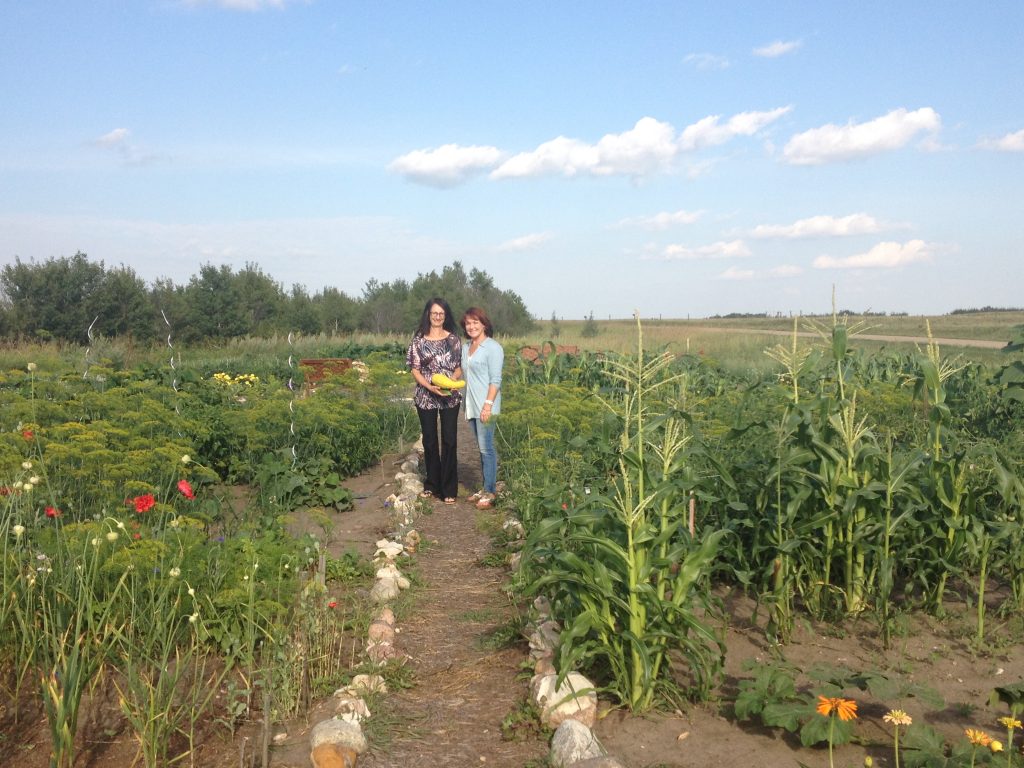
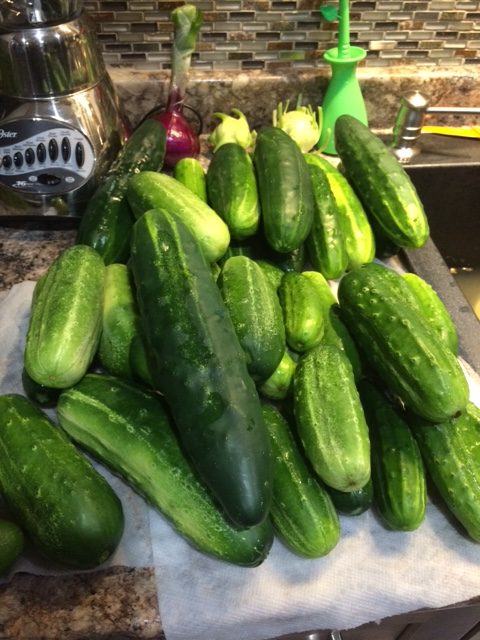








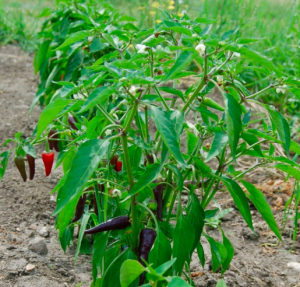






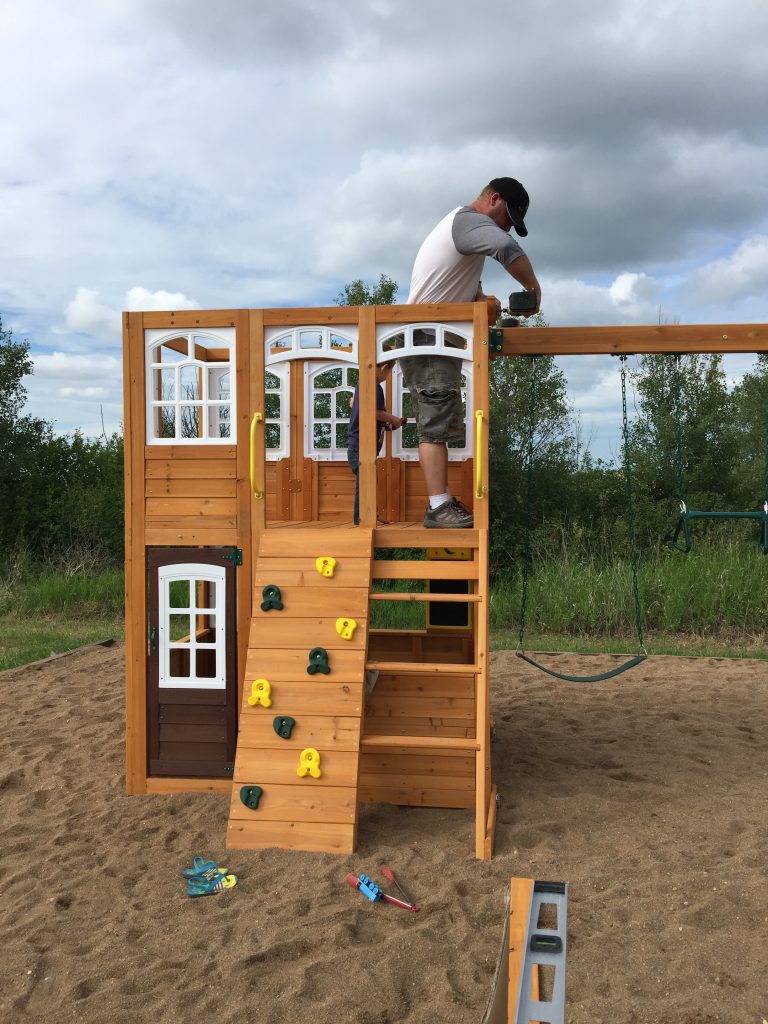
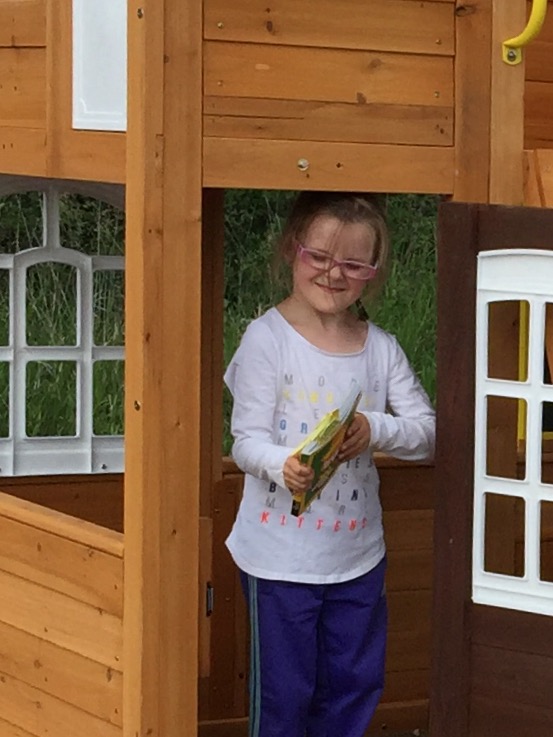








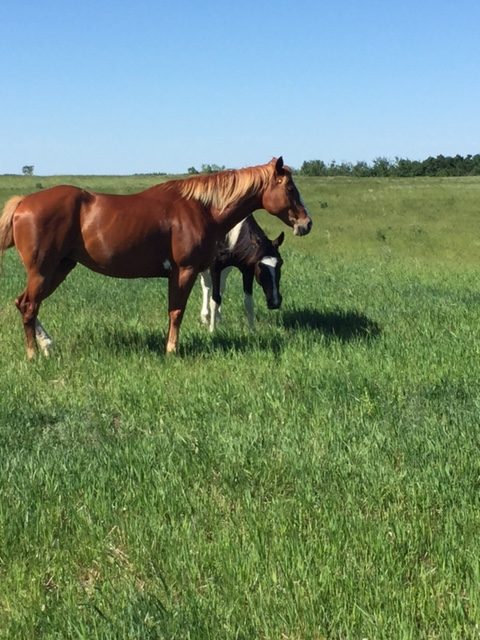
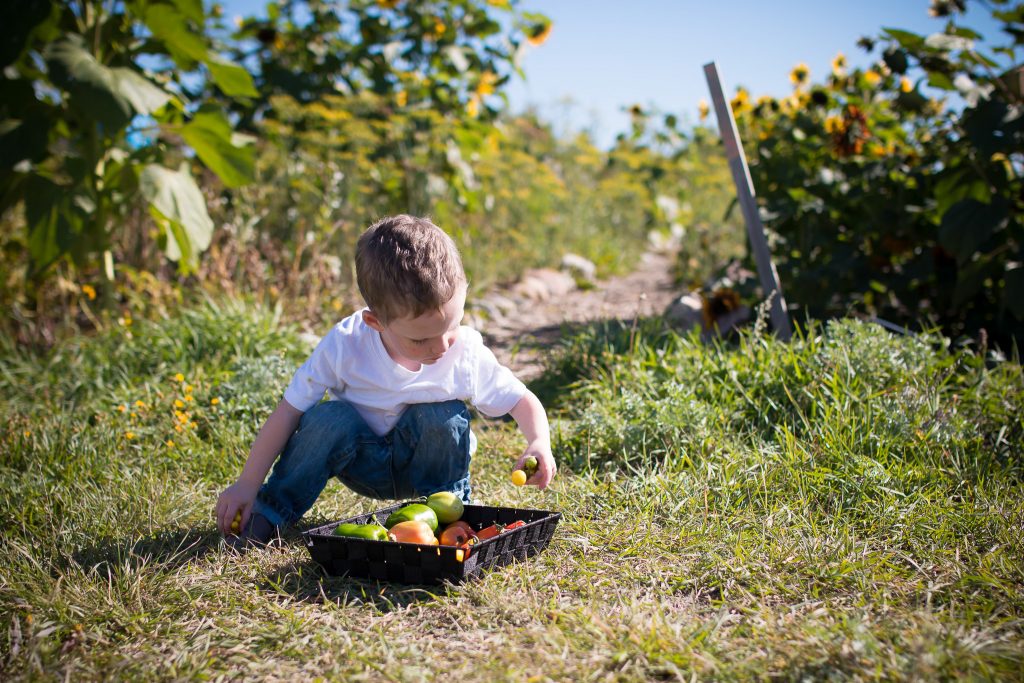
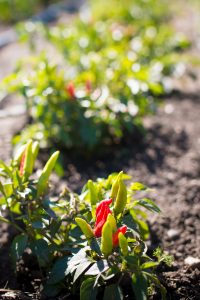 Learning from each other
Learning from each other